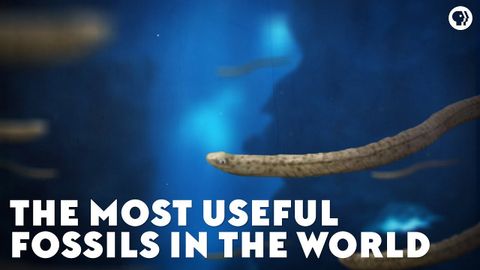The Most Useful Fossils in the World
joey joey が 2021 年 05 月 01 日 に投稿  この条件に一致する単語はありません
この条件に一致する単語はありませんUS / dɪˈbet/
・
UK /dɪ'beɪt/
- n. (c./u.)討論;討論
- v.t./i.熟慮する;討論する
US /ˈpɪriəd/
・
UK /ˈpɪəriəd/
- n. (c./u.)期間 : 時代;強調;終止符;生理;授業時間 : 時限
エネルギーを使用
すべての単語を解除
発音・解説・フィルター機能を解除

